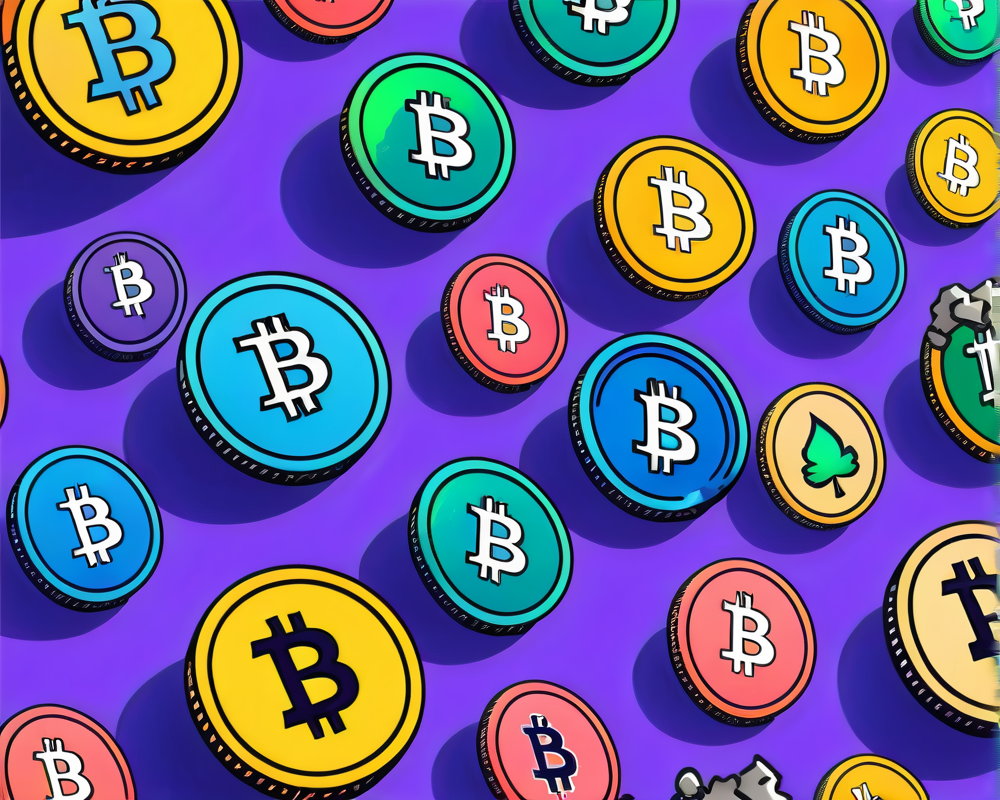The Rise and Fall of ICOs
Remember the ICO craze? It was like the wild west of cryptocurrency fundraising! At its zenith in 2017, ICOs raked in a staggering $6.2 billion. Sadly, that party came to a crashing halt. By December of the same year, these Initial Coin Offerings were about as popular as a wet sock, dropping to a pitiful $366 million raised in 2019—a 94% nosedive. Even the most optimistic among us couldn’t help but shake our heads at the dramatic turn.
Regulatory Backlash
So, what went wrong? Well, let’s just say Uncle Sam wasn’t too happy with the ICOs’ unregulated antics. In 2018, the SEC decided to step in and throw a metaphorical cold bucket of water on the ICO bonfire by filing injunctions against those “unregistered securities.” Imagine being the kid on the playground who yelled “cops!”—it put a damper on everyone’s fun, right? Projects were scared off, and investors followed suit.
Enter Security Token Offerings (STOs)
Amidst the ashes of the ICO, STOs emerged like a phoenix—a regulatory friendly phoenix, that is. These new kids on the block brought with them a sound structure for compliant on-chain investing. And, as if the financial universe was sending a message, STOs saw a whopping 130% increase in the first quarter of 2019. Someone high-fived their compliance officer!
The Formation of JSTOA
The creation of the Japan Security Token Offering Association (JSTOA) showed serious intent for self-regulation in an otherwise chaotic landscape. This group features heavyweight members, such as Rakuten and SBI, and aims to provide a reliable framework for launching STOs. Taira Takeda, from SBI, stressed that Japan lacks a regulatory standard for STOs. The JSTOA wants to change that—talk about taking the bull by the horns!
Global Impact and the Future of Self-Regulation
While self-regulation comes with its own host of challenges (think anti-competitive behavior and oligopolies), supporters argue that it’s an essential step for the industry. Robin Matzke, co-founder of a real estate crypto firm, believes that the JSTOA can create a blueprint for global standards. In the end, whether it comes from self-regulation or government mandates, the ultimate goal should be to protect investors and promote industry growth. As Matzke said, “Regulation should always aim to best protect investors and be inclusive.”




